COURSE OVERVIEW
DE0592 : Integrated Asset Modeling
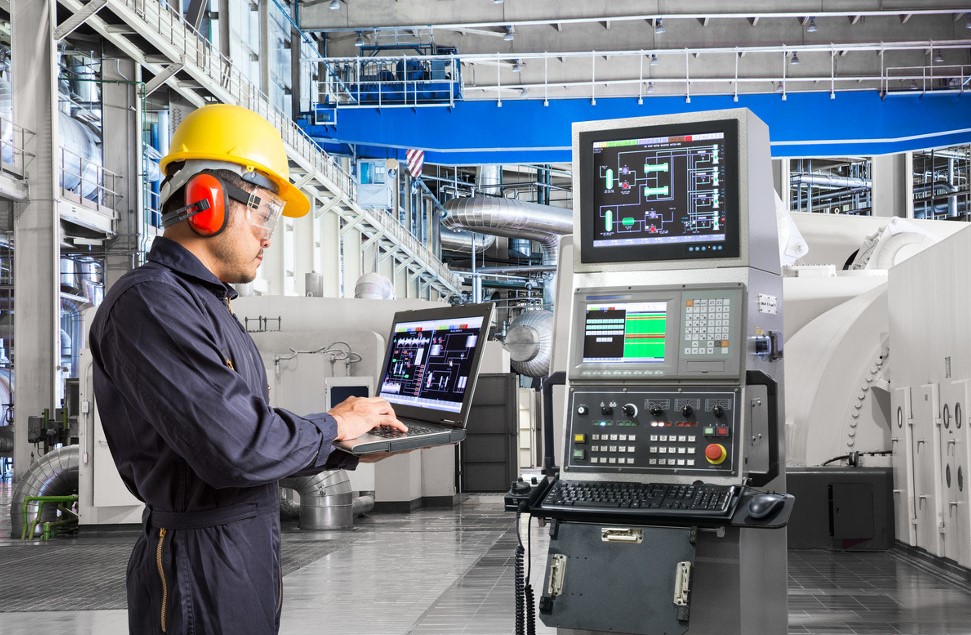
OVERVIEW
| COURSE TITLE | : | DE0592 : Integrated Asset Modeling |
| COURSE DATE | : | Apr 06 - Apr 10 2025 |
| DURATION | : | 5 Days |
| INSTRUCTOR | : | Dr. Chris Le Roux |
| VENUE | : | Dubai, UAE |
| COURSE FEE | : | $ 8000 |
| Request For Course Outline | ||
Course Description
This hands-on, highly-interactive course includes real-life case studies where participants will be engaged in a series of interactive small groups and class workshops.
Oil and gas assets are made up of interconnected, dynamic systems and processes. As traditional asset modeling is a static and serial process, it cannot account for the complexity that arises from the interdependencies and dynamic nature of E&P assets. Today, this challenge is addressed through integrated asset modeling that links simulators across technical disciplines, assets, computing
environments, and locations.
Integrated asset modeling represents a shift in oil and gas field management. This collaborative methodology allows engineers to account for complex production operations, the increasing quantity and nature of acquired data, and the need for rapid data analysis. The technique delivers more accurate models with which field development engineers are able to optimize production.
New opportunities can be discovered, optimal artificial lift programs can be implemented to meet production targets. State of the art of IAM tools is reviewed, with emphasis on the solution implemented. Benefits and criticalities are then discussed on the basis of three cases, including integrated models for regional gas production systems, deep water mixed oil-gas assets and gas lifted reservoir. Indeed, it has been noted that integrated surfacesubsurface modeling will have a critical impact on field management by offering increased accuracy in forecasting reservoir behaviour and maximising the recovery factor at
minimum cost.
Nowadays oilfield development has become more technically and economically challenging and a high degree of interdisciplinary interaction is needed to have an effective and efficient management of the field. The achievement of this goal is made possible only if all the different resources of an organization work together sharing the same reservoir model. Indeed, the main breakthrough behind Integrated Asset Modeling (IAM) is to combine reservoir, production and surface engineering modeling into an asset management tool that allows the simulation of the whole oilfield system. Coupling dynamic reservoir and surface facility models into a single integrated model may address the following issues: pressure interaction between the surface and the subsurface; mixing of different fluids and flow assurance; accounting for facilities constraints; and identification of system bottlenecks and backpressures. In this way, unnecessary drilling can be avoided.
Crude Oil has been the primary energy driver for a number of decades and the current fluctuation in oil price puts many operators’ future investments in limbo. Natural gas exploration, production and distribution however, have increased tremendously in recent years.
Oil production primarily focuses on maximizing liquid hydrocarbon recovery and minimizing gas production, whereas gas production is typically driven by long term contracts generating both opportunities and challenges in optimizing reservoir production. Integrated asset models provide a pathway for planners and engineers to combine their views from often conflicting objectives. IAM tools enable optimal hydrocarbon resources to be recovered by oil and gas companies. The details required for building an asset model depend on the type of optimization problem we strive to address. It is common practice for E&P companies to use the same tools for optimizing different types of reservoirs; however, gas reservoirs are significantly different to manage when compared to oil reservoirs.
Asset management teams in E&P companies, joint venture partners and Government regulatory authorities rely upon the Integrated Asset Models for making informed decisions.
There are numbers of applications for IAMs and the focus is on:-
How IAM is important as a corporate planning tool
How market based models provide robust optimization for oil and natural gas
exploration and production
Facility representation in IAM – how much detail is optimal and for what purpose
How to find system bottlenecks and enforce facility constraints for field
development optimization
Good forecasting models – how they aid exploring challenging fields (High CO2,
H2S, etc.)
Integrated Asset Models are typically used for:-
o Field surveillance & troubleshooting
o Production optimization
o Production forecasting
o Evaluation of investment opportunities
o System design
IAM solutions have been deployed in a variety of production systems and locations, from simple two-well systems to complex systems with hundreds of wells and decades of production history.
Modelling reservoirs, wells and facilities independently requires knowledge of or
assumptions about boundary conditions (e.g. FBHP, FWHP, Separator Pressure
etc.)
Coupling all elements into one single model ensures common boundary conditions
are used.
The integration process fosters cross-discipline understanding of asset performance.
link to course overview PDF
Oil and gas assets are made up of interconnected, dynamic systems and processes. As traditional asset modeling is a static and serial process, it cannot account for the complexity that arises from the interdependencies and dynamic nature of E&P assets. Today, this challenge is addressed through integrated asset modeling that links simulators across technical disciplines, assets, computing
environments, and locations.
Integrated asset modeling represents a shift in oil and gas field management. This collaborative methodology allows engineers to account for complex production operations, the increasing quantity and nature of acquired data, and the need for rapid data analysis. The technique delivers more accurate models with which field development engineers are able to optimize production.
New opportunities can be discovered, optimal artificial lift programs can be implemented to meet production targets. State of the art of IAM tools is reviewed, with emphasis on the solution implemented. Benefits and criticalities are then discussed on the basis of three cases, including integrated models for regional gas production systems, deep water mixed oil-gas assets and gas lifted reservoir. Indeed, it has been noted that integrated surfacesubsurface modeling will have a critical impact on field management by offering increased accuracy in forecasting reservoir behaviour and maximising the recovery factor at
minimum cost.
Nowadays oilfield development has become more technically and economically challenging and a high degree of interdisciplinary interaction is needed to have an effective and efficient management of the field. The achievement of this goal is made possible only if all the different resources of an organization work together sharing the same reservoir model. Indeed, the main breakthrough behind Integrated Asset Modeling (IAM) is to combine reservoir, production and surface engineering modeling into an asset management tool that allows the simulation of the whole oilfield system. Coupling dynamic reservoir and surface facility models into a single integrated model may address the following issues: pressure interaction between the surface and the subsurface; mixing of different fluids and flow assurance; accounting for facilities constraints; and identification of system bottlenecks and backpressures. In this way, unnecessary drilling can be avoided.
Crude Oil has been the primary energy driver for a number of decades and the current fluctuation in oil price puts many operators’ future investments in limbo. Natural gas exploration, production and distribution however, have increased tremendously in recent years.
Oil production primarily focuses on maximizing liquid hydrocarbon recovery and minimizing gas production, whereas gas production is typically driven by long term contracts generating both opportunities and challenges in optimizing reservoir production. Integrated asset models provide a pathway for planners and engineers to combine their views from often conflicting objectives. IAM tools enable optimal hydrocarbon resources to be recovered by oil and gas companies. The details required for building an asset model depend on the type of optimization problem we strive to address. It is common practice for E&P companies to use the same tools for optimizing different types of reservoirs; however, gas reservoirs are significantly different to manage when compared to oil reservoirs.
Asset management teams in E&P companies, joint venture partners and Government regulatory authorities rely upon the Integrated Asset Models for making informed decisions.
There are numbers of applications for IAMs and the focus is on:-
How IAM is important as a corporate planning tool
How market based models provide robust optimization for oil and natural gas
exploration and production
Facility representation in IAM – how much detail is optimal and for what purpose
How to find system bottlenecks and enforce facility constraints for field
development optimization
Good forecasting models – how they aid exploring challenging fields (High CO2,
H2S, etc.)
Integrated Asset Models are typically used for:-
o Field surveillance & troubleshooting
o Production optimization
o Production forecasting
o Evaluation of investment opportunities
o System design
IAM solutions have been deployed in a variety of production systems and locations, from simple two-well systems to complex systems with hundreds of wells and decades of production history.
Modelling reservoirs, wells and facilities independently requires knowledge of or
assumptions about boundary conditions (e.g. FBHP, FWHP, Separator Pressure
etc.)
Coupling all elements into one single model ensures common boundary conditions
are used.
The integration process fosters cross-discipline understanding of asset performance.
TRAINING METHODOLOGY
This interactive training course includes the following training methodologies:
LecturesPractical Workshops & Work Presentations
Hands-on Practical Exercises & Case Studies
Simulators (Hardware & Software) & Videos
In an unlikely event, the course instructor may modify the above training methodology for technical reasons.
VIRTUAL TRAINING (IF APPLICABLE)
If this course is delivered online as a Virtual Training, the following limitations will be applicable:
| Certificates | : | Only soft copy certificates will be issued |
| Training Materials | : | Only soft copy materials will be issued |
| Training Methodology | : | 80% theory, 20% practical |
| Training Program | : | 4 hours per day, from 09:30 to 13:30 |
RELATED COURSES
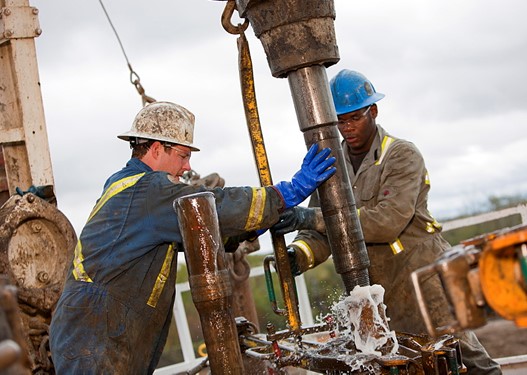
DE0090 : Reservoir Management and Monitoring
- Date: Dec 14 - Dec 18 / 3 Days
- Location: Doha, Qatar
- Course Details Register
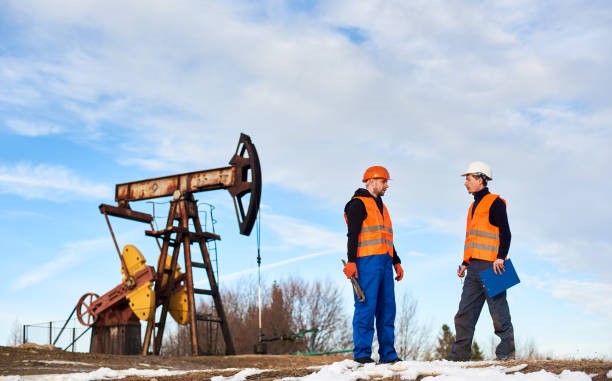
DE1069 : Horizontal Drilling Geosteering & Reporting
- Date: Dec 08 - Dec 12 / 3 Days
- Location: Abu Dhabi, UAE
- Course Details Register
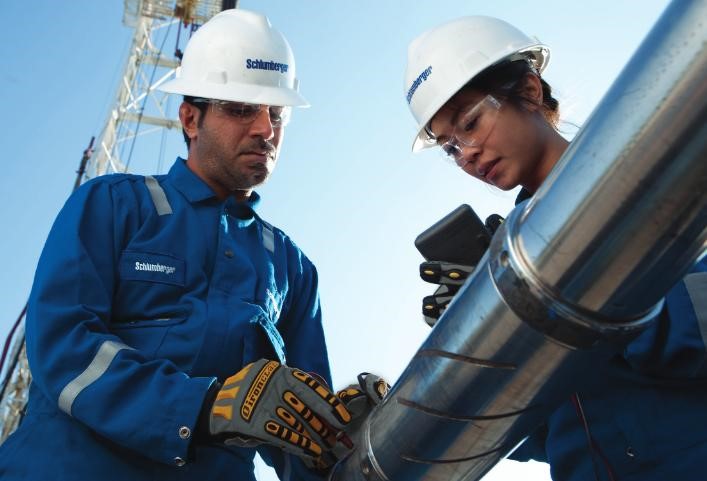
DE0148 : Formation Damage, Remediation & Well Stimulation
- Date: Dec 14 - Dec 18 / 3 Days
- Location: Doha, Qatar
- Course Details Register
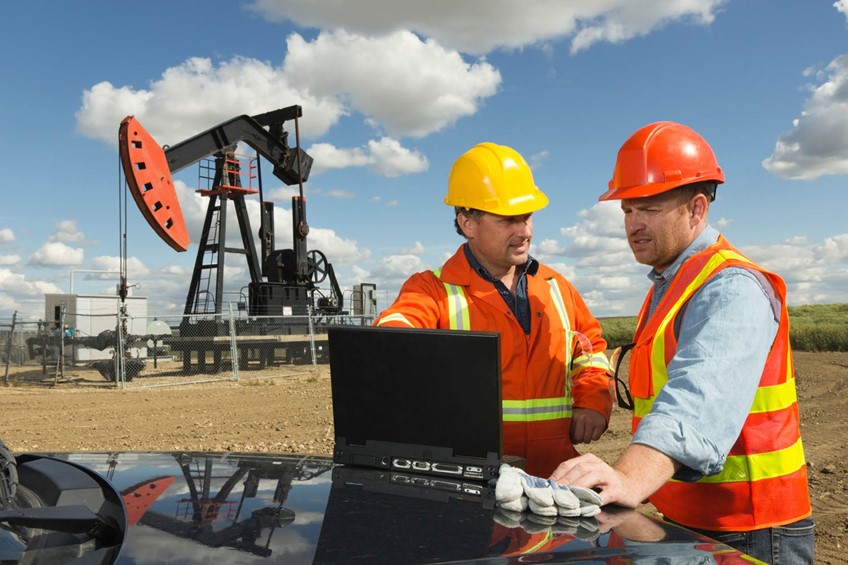
DE0638 : Advanced Geology
- Date: Dec 14 - Dec 18 / 3 Days
- Location: Doha, Qatar
- Course Details Register
